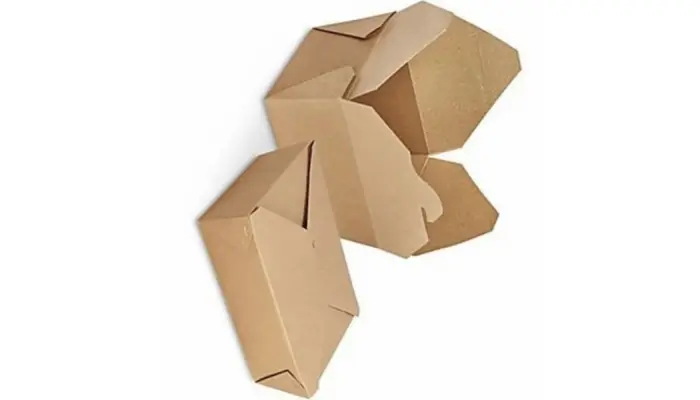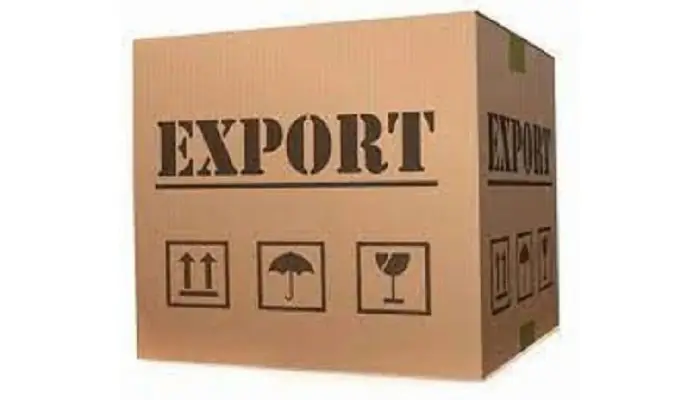Customizing your cardboard box for packing needs is a crucial aspect of ensuring that your items are protected during storage and transportation. Customization allows for tailored solutions that can address specific challenges related to the dimensions, strength, and branding of the boxes. One of the primary benefits of customization is the ability to design boxes that fit the exact dimensions of the products being packed. This minimizes movement inside the box, which can prevent damage during transit. Custom-sized boxes reduce the need for excessive cushioning materials, which can be cost-effective and environmentally friendly.
Beyond size, customization often includes the option to choose from various types of cardboard, such as single-wall, double-wall, or triple-wall constructions. Each type offers different levels of strength and durability, making it possible to select a box that can withstand the specific conditions it will face during shipping or handling. For example, heavy or fragile items may require a double-wall box for added protection, while lighter items can be safely packed in single-wall boxes.
Choosing The Right Cardboard Box For Packing
Choosing the right cardboard box for packing is essential for ensuring that your items are transported and stored safely and efficiently. The selection process involves considering various factors, including the size, strength, and type of cardboard, as well as the nature of the items being packed. One of the first steps in choosing the right box is to accurately measure the dimensions of the items. This includes not just the length, width, and height, but also any irregularities in shape that may affect the fit. A well-fitting box minimizes movement and prevents damage.
The strength of the cardboard is another critical factor. Cardboard boxes come in different grades and strengths, typically categorized by the number of layers or walls. Single-wall boxes are suitable for lightweight items and are generally used for everyday packaging needs. For heavier or more delicate items, double-wall or triple-wall boxes provide additional strength and durability. These boxes are designed to withstand greater pressure and protect against impacts, making them ideal for items that will be subjected to rough handling.

Benefits Of Using A Cardboard Box For Packing
Cardboard boxes offer a multitude of benefits that make them a popular choice for packing, shipping, and storing items. One of the primary advantages is their cardboard box for packing-effectiveness. Cardboard is relatively inexpensive to produce, making it a budget-friendly option for both individual and commercial use. This affordability extends to shipping, as lightweight cardboard boxes often incur lower shipping costs compared to heavier or bulkier alternatives.
Another significant benefit is the versatility of cardboard box for packing. They come in a wide range of sizes, shapes, and strengths, allowing them to accommodate various types of products. Whether you need a small box for delicate electronics or a large box for bulky items, there is likely a cardboard box that fits your needs. This versatility also extends to customization options, which can enhance the functionality and appearance of the boxes.
How To Properly Pack Items In A Cardboard Box?
Properly packing items in a cardboard box is crucial for ensuring that they arrive at their destination in good condition. The process involves several key steps to maximize protection and minimize the risk of damage. Start by selecting the right size box for your items. A box that is too large may allow items to shift during transit, while a box that is too small can lead to crushing or pressure damage. Ideally, the box should be just large enough to accommodate the items with a small amount of cushioning.
Before placing items in the box, prepare it by reinforcing the bottom with tape. This is particularly important for heavier items, as a reinforced bottom cardboard box for packing prevent the box from collapsing under the weight. For added security, consider using a double layer of tape or a strong adhesive to ensure that the box remains intact.
Next, place a layer of cushioning material at the bottom of the box. This could be bubble wrap, packing peanuts, or crumpled paper. The cushioning helps absorb shocks and prevent items from coming into direct contact with the box walls. Arrange the items in the box, starting with the heaviest items at the bottom. This helps distribute the weight evenly and reduces the risk of crushing lighter items placed on top.
Top Tips For Choosing A Cardboard Box For Packing
Choosing the right cardboard box for packing can significantly impact the safety and efficiency of your packing and shipping processes. Here are some top tips to help you select the best box for your needs:
- Measure Accurately: Ensure that you measure the dimensions of the items you plan to pack. Accurate measurements will help you choose a box that fits well, minimizing movement and reducing the need for excessive cushioning.
- Consider Weight: Select a box with the appropriate strength for the weight of your items. Heavier items require stronger boxes, such as double-wall or triple-wall constructions, to ensure they are well-protected.
- Check Box Strength: Evaluate the corrugated cardboard’s strength by checking its fluting and wall thickness. Boxes with higher flute counts offer better cardboard box for packing and durability.
- Think About Item Fragility: For fragile items, choose boxes with extra cushioning or consider double-boxing for added protection. Custom boxes with reinforced corners and edges can also offer enhanced security.
- Evaluate Closure Options: Select a box with a suitable closure method, such as flaps, tuck-in tabs, or tape. Ensure that the closure provides a secure seal to prevent the box from opening during transit.
By following these tips, you can make informed decisions when selecting cardboard boxes, ensuring that they meet your packing needs and provide the best cardboard box for packing for your items.
The Impact Of Cardboard Box Quality On Packing Efficiency
The quality of cardboard boxes plays a cardboard box for packing role in packing efficiency, impacting both the protection of items and the overall effectiveness of the packing process. High-quality cardboard boxes offer several advantages that contribute to a more efficient and secure packing experience.
Firstly, quality cardboard boxes are more durable and resistant to damage. Higher-grade cardboard, such as double-wall or triple-wall constructions, provides increased strength and resilience, reducing the risk of box collapse or damage during transit. This durability is essential for protecting items from impacts, moisture, and other environmental factors that could cardboard box for packing their condition.
Secondly, quality boxes often have better structural integrity, which helps in maintaining their shape and performance under stress. This means that well-made boxes are less likely to buckle or warp, ensuring that they can effectively support the weight of the contents without losing their form.
Eco-Friendly Cardboard Box Options For Packing
Eco-friendly cardboard box options are becoming increasingly popular as businesses and individuals seek to reduce their environmental impact. These options are designed to be more sustainable and less harmful to the planet, aligning with broader efforts to promote environmental responsibility.
One of the primary eco-friendly options is recycled cardboard. Boxes made from recycled materials help conserve natural resources and reduce waste by reusing paper fibers that would otherwise end up in landfills. Recycled cardboard can be as strong and effective as virgin cardboard, making it a viable choice for a wide range of packing needs.
Another eco-friendly option is biodegradable cardboard box for packing. This type of cardboard is designed to break down naturally over time, reducing its environmental footprint. Biodegradable cardboard is often made from plant-based materials and is compostable, meaning it can be safely disposed of in composting systems.
Common Mistakes When Using A Cardboard Box For Packing
When using cardboard boxes for cardboard box for packing, certain common mistakes can compromise the effectiveness of the packing process and potentially lead to damage to the items being packed. Being aware of these mistakes can help you avoid them and ensure that your items are properly protected during transit and storage.
One common mistake is using a box that is too cardboard box for packing or too small for the items being packed. A box that is too large can cause items to shift and move during transit, increasing the risk of damage. Conversely, a box that is too small may cause items to be squeezed or crushed. It is important to choose a box that fits the items snugly while allowing for some cushioning material.
Another mistake is inadequate or improper cushioning. Failing to use enough cushioning material can leave items vulnerable to impacts and vibrations during transit. Similarly, using the wrong type of cushioning material, such as paper instead of bubble wrap for fragile items, can lead to insufficient protection. Ensure that you use appropriate cushioning materials and fill any gaps in the box to prevent movement.
Conclusion
Cardboard boxes are a fundamental component of effective packing and shipping, offering a range of benefits from cost-effectiveness and cardboard box for packing to environmental sustainability. By understanding and applying best practices in selecting and using cardboard boxes, you can enhance the protection of your items and streamline your packing processes.
Customizing your cardboard box to fit specific needs allows for better protection and efficiency. Choosing the right box based on size, strength, and material ensures that your items are securely packed and transported. The benefits of using cardboard boxes, including their affordability and eco-friendly nature, contribute to their widespread use.


